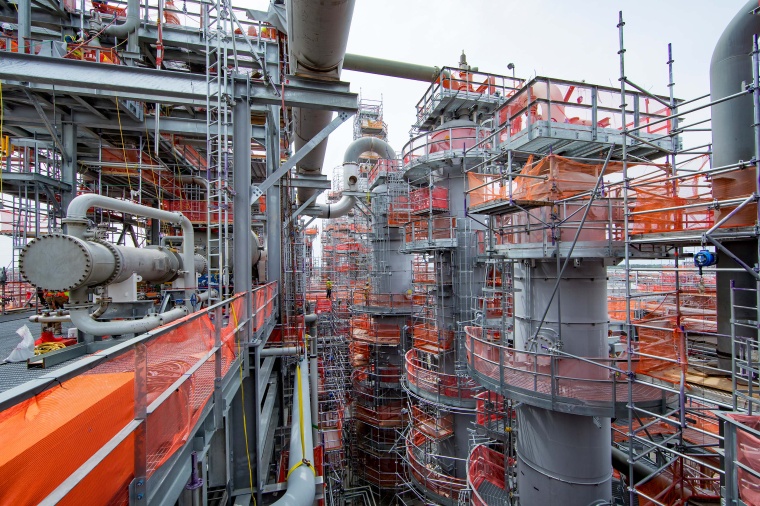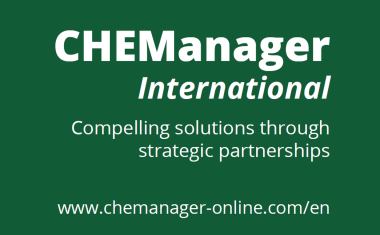LyondellBasell Buys Half of Sasol’s Lake Charles Site
LyondellBasell has agreed to pay $2 billion for a 50% stake in Sasol’s glitch-plagued production complex in Lake Charles, Louisiana, USA, The deal, scheduled to close at year’s end, includes joint ownership of the site’s new ethane cracker and downstream plastics production.
At least two other internationally active petrochemical players, including Ineos and Chevron Phillips Chemical are said to have made bids for the South African group’s US Gulf facilities, which at last count were to include the 1.5 million t/y cracker, an HDPE/LLDPE swing plant and an LDPE plant, yielding altogether 900,000 t/y of PE.
The plans just announced call for LyondellBasell and Sasol to form a joint venture called Louisiana Integrated PolyEthylene JV. Under the terms agreed, each partner will provide the new company with pro rata shares of ethane feedstocks and offtake pro rata shares of cracker and polyethylene products at cost.
Netherlands-domiciled, Texas-managed LyondellBasell will operate the base chemicals assets, which include production of ethylene oxide/glycol and specialty alcohol, for the joint venture. Sasol will retain full ownership and operational control of its R&D complex, the existing East Plant ethane cracker with a capacity of 431,000 t/y of ethylene and its performance chemicals business, which produces Ziegler alcohols and alumina, ethoxylates, Guerbet alcohols, paraffins, comonomers, linear alkyl benzene, ethylene oxide and ethylene glycol.

Commenting on the transaction, LyondellBasell said its investment allows it to expand in a core area of its business and leverages its operational and commercial strengths. CEO Bob Patel said the group “will realize immediate returns and eliminate customary construction risks associated with new project execution.”
For Sasol, the transaction represents a “significant step” toward achieving its financial and strategic objectives by reducing net debt and rapidly shifting the portfolio toward specialty chemicals. The group commented that LyondellBasell’s proposal “offered the best combination of upfront and long-term value, consistent with Sasol’s long-term strategic priorities.”
The Johannesburg-based chemical producer’s plans for the Louisiana site, announced in late 2011, were initially expected to cost $5-7 billion, but by 2019, projected costs had risen to almost $13 billion, prompting it to look for external partners. Making matters worse, Sasol’s hopes of leveraging the US Gulf’s shale boom for profitwere dampened by an LNG glut and the entry of many competitors trying to cash in on the region’s fracking frenzy.
In 2015,Sasol indefinitely delayed an investment decision on a planned large-scale, gas-to-liquids (GTL) plant in Louisiana, citing a “significant fall in oil prices” and the doubtful economic feasibility of such a plant in few of the petrochemicals glut.
The delays, missteps and cost overrun spanning nearly a decade led to the dismissal of two of Sasol’s top managers. Adding insult to injury, the LDPE plant that had just started up was damaged by fire at the beginning of this year.
If all the other problems were not enough, Lake Charles lies squarely in middle of the Gulf’s hurricane zone, with all the uncertainty that can cause. Ahead of Hurricane Laura, which hit the region last month, most of the production lines in operation had to be shuttered. It is unclear what the complex currently is producing.
Author: Dede Williams, Freelance Journalist
















